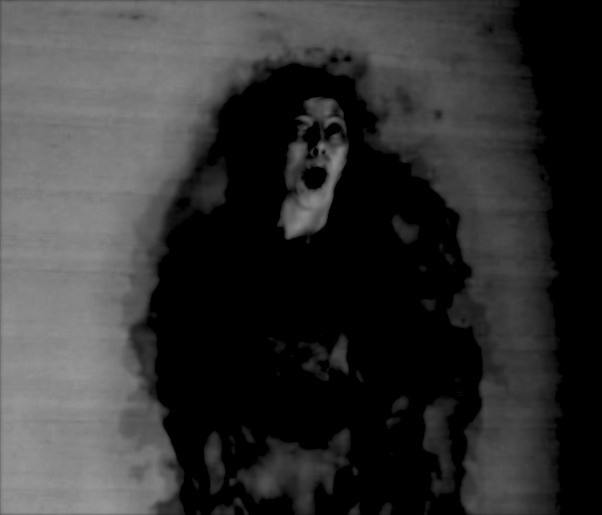How to Tell the Difference Between a Demon and a Ghost

Think demons and ghosts are the same? Learn the five major factors that separate them.
Listed below are the five most important factors separating demons from ghosts. Understanding these points will leave you better equipped to determine exactly what it is you’re dealing with.
1. Origin
The Greek daimōn refers to a lesser god or deity, i.e. one whose powers exceed the average human’s. As such, demons are non-human entities, and they do not originate from an earthly human source. In Christianity and Islam, for example, demons are fallen angels who have broken with God’s will.
Ghosts, on the other hand, are the essence, soul or inner life of a dead human or animal.
Note: There are a few rare exceptions of humans who became demons, such as in the cases of Lilith, Lamia and rusalki.
2. Form
Demons are known to take on a vast range of physical forms. Some are restricted to one form (usually anthropomorphic). Others can transform from human to animal only. And finally, some are master shapeshifters capable of manifesting themselves in any way they please.
Ghosts, by contrast, typically appear as they did around the time of their death. Their forms are fairly limited. They are known to materialize as either an invisible presence, a translucent mist or a salient pseudo-corpus nearly indistinguishable from their living body.
3. Temperament
Demons, as per their modern connotation, are malignant supernatural entities. Many of them actively torment both the living (often for no logical reason) and the dead (as punishment). Some serve darker forces, operating from the shadows or in hells unseen by the human eye. There are also demons who are not evil per se, but who act selfishly and with utter disregard for the consequences of their actions.
Ghosts, however, are not malicious by definition. Traditionally, it has been thought that the majority of ghosts remain imprisoned on earth as punishment for bad deeds. Other ghosts willingly occupy their past living spaces in order to rectify what wrongs they perceive as having been inflicted upon them. Furthermore, a large number of ghosts exhibit a deep sadness and are relatively harmless, as they tend to keep to themselves.
4. Ability
Even the weakest demon possesses abilities that greatly exceed those of the average ghost. As the legends, stories and historical accounts have demonstrated repeatedly, demons are capable of some of the most horrific and frightening acts to which our species has ever borne witness. Some examples include physical and psychological torture, rape, cannibalism, abduction, murder, arson, malediction, corruption, treachery and much, much more.
A ghost’s primary ability is to communicate with the living. Some speak unencumbered, whereas others cannot speak and therefore resort to other means, such as through signs and symbolism. Poltergeists interfere with the living by moving objects, making disturbing noises and even through touch (e.g. pinching, biting, pushing, hitting), but these abilities are feeble in comparison to those of demons.
5. Influence on Society
Demons have historically had a major influence on a society’s stability through two chief means. One, heavily popularized in modern culture, is through the demonic possession of one or more individuals; the other is through the terrorization of an entire region or community, as for example the Popobawa achieved in Zanzibar and the East African coast in 1995. Both methods are known to induce panic and mass hysteria in the local population.
The main influence ghosts have on society is through their occupation of various buildings and districts. Locals typically avoid such haunted areas, while tourists and occultists are attracted to them.

By Marco Passaretti
Marco obtained his Master's degree in philology from the University of Cagliari. He has always been fascinated by the supernatural and maintains a strong appreciation for historically accurate occult fiction.





